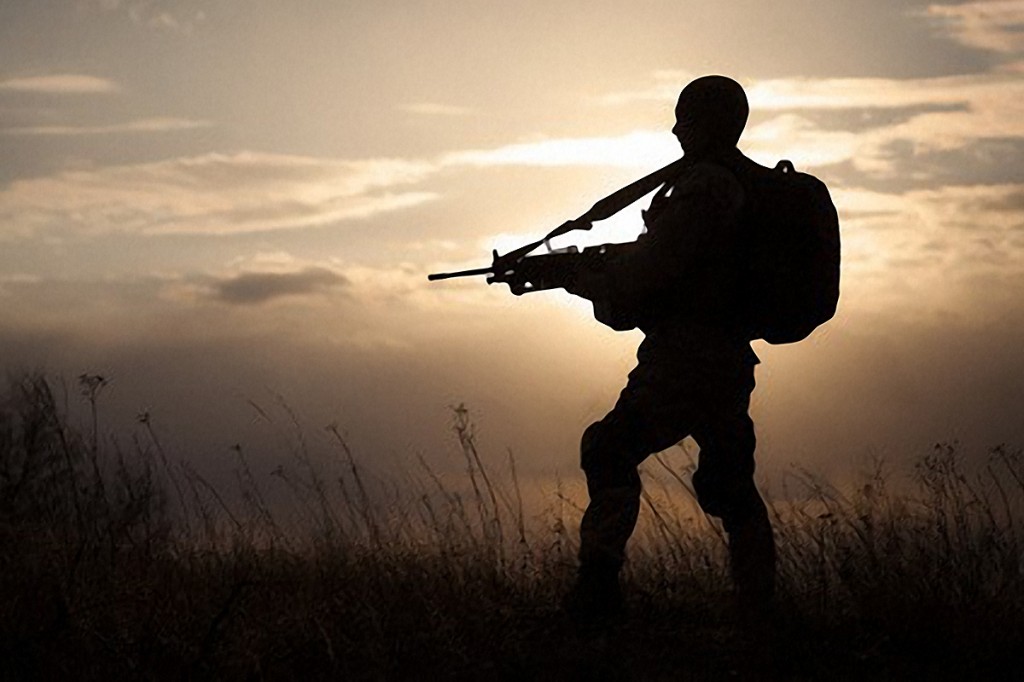The Environmental Impact of War

All wars are different, and the environmental impact that any given war will have in the disputed territory will vary as well. However, one is safe in making the generalization that the effects which war has upon environmental quality – habitat, clean air and water, endangered or vulnerable ecosystems – is inherently a negative one. The Rio Summit recognized this and in 1992 declared that “War is inherently destructive of sustainable development. States shall therefore respect international law provided protection for the environment in times of armed conflict”.
This of course has not happened. As an example of the infractions of this declaration, it is useful to study three wars which have happened since this 1992 declaration and the effect it has had on the environment of the conflicted country.
Rwanda, 1994
In the wake of the brutal tribal warfare which was taking place between the Hutu and Tutsi tribes, many refugees fled to the natural shelter of the jungles. However, much of the jungle is question was actually a protected preserve for the endangered mountain gorillas made famous by Dian Fossey’s studies. Much habitat was destroyed or compromised from this influx of refugees, though since the end of that conflict, conservation groups have worked hard to undo some of the damage done during this horrible time in Rwandan history.
Congo, 1998
The blood civil war which tore this country apart between 1998 and 2003 led to a complete breakdown of infrastructure and social law and one of the victims were elephants, who were hunted mercilessly for ivory since no one was there to protect them during the chaos. Other species like hippos were hunted for food, with the result that by the end of this civil war, only about 500 were left in the country. All five of the Congo’s national parks suffered severe degradation at this time.
Afghanistan, 2001
Since the U.S. invasion of Afghanistan in October of 2001, the environmental degradation of this land has been severe. One of the biggest problems has been deforestation, both due to bombings and to logging for both firewood and the illegal lumber trade: ecologists estimate that as of late, only 2% of the country has forest cover. The conflict and deforestation has severely impact the flight patterns of migratory birds, with result that the number of birds who fly through this air has been reduced by around 85%. This is to say nothing of the air, water and soil contamination due to the use of missiles with depleted uranium and the amount of greenhouse gasses released by notoriously fuel inefficient military vehicles.
This is in no way to make light of the human tragedy of armed conflict, or to imply that the cost to human life is any less important than the cost to the environment. It is all important – especially so to those who have to make their living, find clean water, grow crops or raise animals in a land that has been polluted and degraded due to man’s apparently inexhaustible instinct for war.
Sources
The Cost of War Organization www.costofwar.org
Lenntech www.lenntech.com




